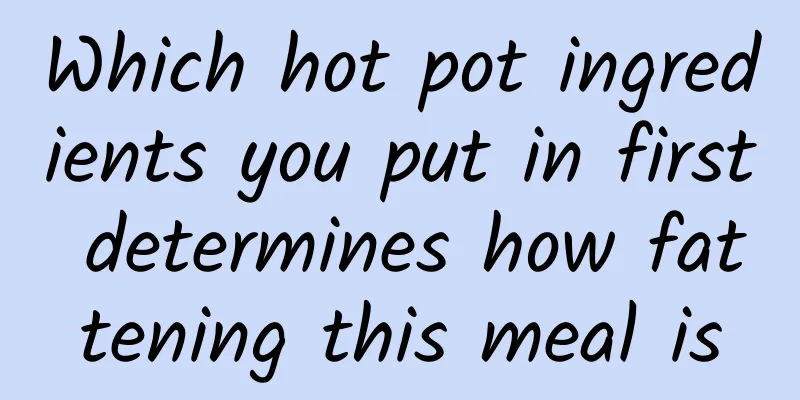Let's talk about the three most susceptible groups of uterine fibroids

|
Uterine fibroids are a common gynecological disease, and there are many female friends suffering from uterine fibroids. Therefore, experts have summarized three types of people who are prone to uterine fibroids . So, who are the people who are prone to uterine fibroids? The following will introduce to you the people who are prone to uterine fibroids. Category 1: Premature menopause in women who are at high risk of uterine fibroids The number of primordial follicles in a woman's lifetime is limited, and she can only ovulate for about 30 years. During pregnancy and lactation, due to the action of hormones, the ovaries stop ovulating, and do not resume until the 4th to 6th month of lactation. As a result, the ovaries postpone a certain number of ovulations, and women with a history of childbearing enter menopause later. Women who have not given birth cannot get timely and effective protection from progesterone, and are prone to hormone-dependent diseases, one of which is uterine fibroids. Category 2: Sexual dysfunction affects uterine health Normal sexual stimulation between couples can promote the normal functioning of neuroendocrine system and make the body secrete hormones normally and well. However, long-term sexual dysfunction can easily lead to disordered secretion of hormone levels, causing chronic pelvic congestion and inducing uterine fibroids. Category 3: Depressed women are more likely to have uterine fibroids Middle-aged women face the dual mental pressure of work and family, and are prone to depression. With the arrival of menopause, women begin to enter the "estrogen control period". The population prone to uterine fibroids is reflected in this period. Women's own depression can easily increase the secretion of estrogen and strengthen its effect, which can sometimes last for several months or even years. This is also an important cause of uterine fibroids. The above is an introduction to the three most susceptible groups of uterine fibroids. It is for your reference only. If you are susceptible to uterine fibroids, please go to the hospital for gynecological examinations regularly. In addition, if you have any questions about the susceptible groups of uterine fibroids, please consult online experts! For more information, please visit the uterine fibroid disease topic http://www..com.cn/fuke/zgjl/ or consult with experts for free. The experts will give detailed answers based on the patient's specific situation! |
<<: Seven clinical manifestations of uterine fibroids
>>: What is the impact of uterine fibroids on women's pregnancy?
Recommend
How to distinguish miscarriage and menstruation, and what are the types of miscarriage?
Many female friends have spontaneous abortions in...
What are the symptoms of acute and chronic cervicitis?
Everyone knows that cervicitis is generally divid...
What causes vulvar itching?
What causes vulvar itching? Vulvar itching is gen...
Salty and sweet taste, control your diet and don't eat too much
Text/Natsume Saiko (Japanese writer) ★Salty The c...
What are the causes of cervicitis?
Female friends need to understand the causes of c...
How to regulate irregular menstruation? These dietary therapies can regulate irregular menstruation.
Many diseases such as irregular menstruation and ...
The main causes of dysmenorrhea during menstruation
Women are no strangers to dysmenorrhea, which ref...
Can I masturbate after a miscarriage? What are the precautions after childbirth?
Spontaneous abortion is not actually a "cong...
What injections should be given for uterine fibroids? What injections should be given for uterine fibroids to prevent recurrence if menstruation is not coming?
What injections should be given for uterine fibro...
How to Eat Chicken Breast to Lose Weight and Get a Slim Body
[Key Points]: Losing weight is a must for every w...
What are the causes of cervicitis?
Cervicitis is a common disease among married wome...
How to prevent vaginitis in summer?
Vaginitis is a common gynecological disease, and ...
Common causes of vulvar leukoplakia
Some people don't know much about the disease...
Ovarian cyst examination for everyone to introduce
As the incidence of ovarian cysts increases, peop...
Does pregnancy with vaginitis and cervicitis affect the baby?
Does pregnancy with vaginitis and cervicitis affe...









